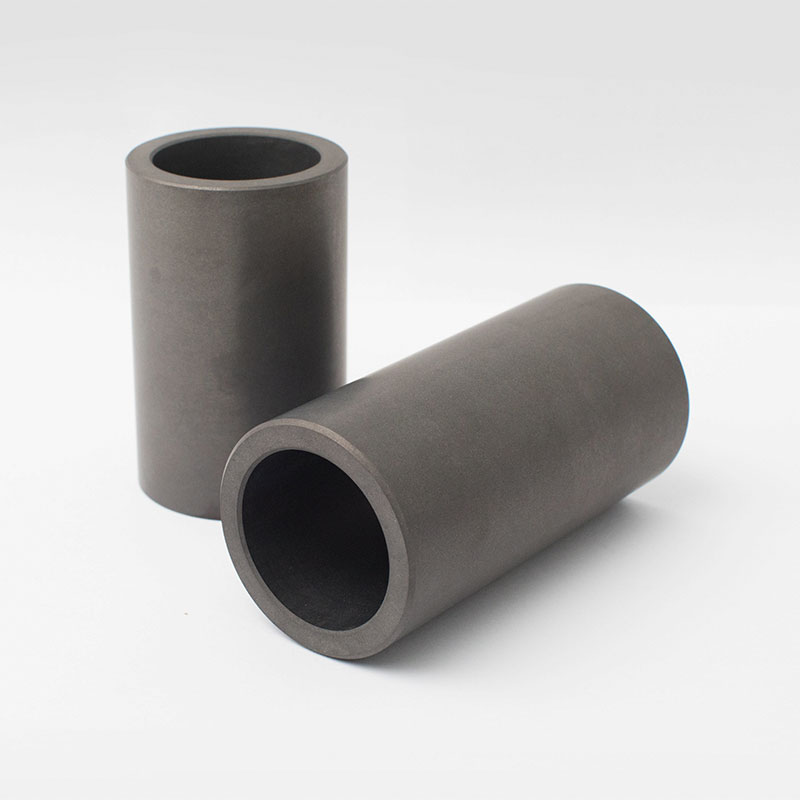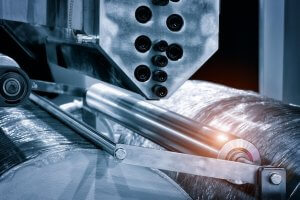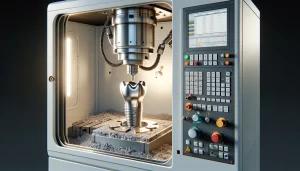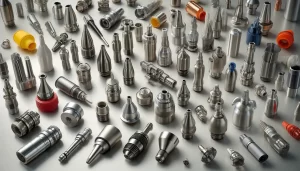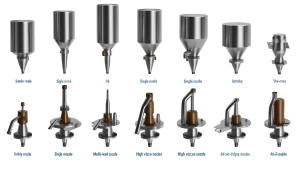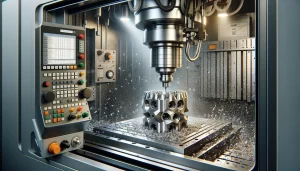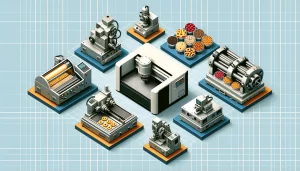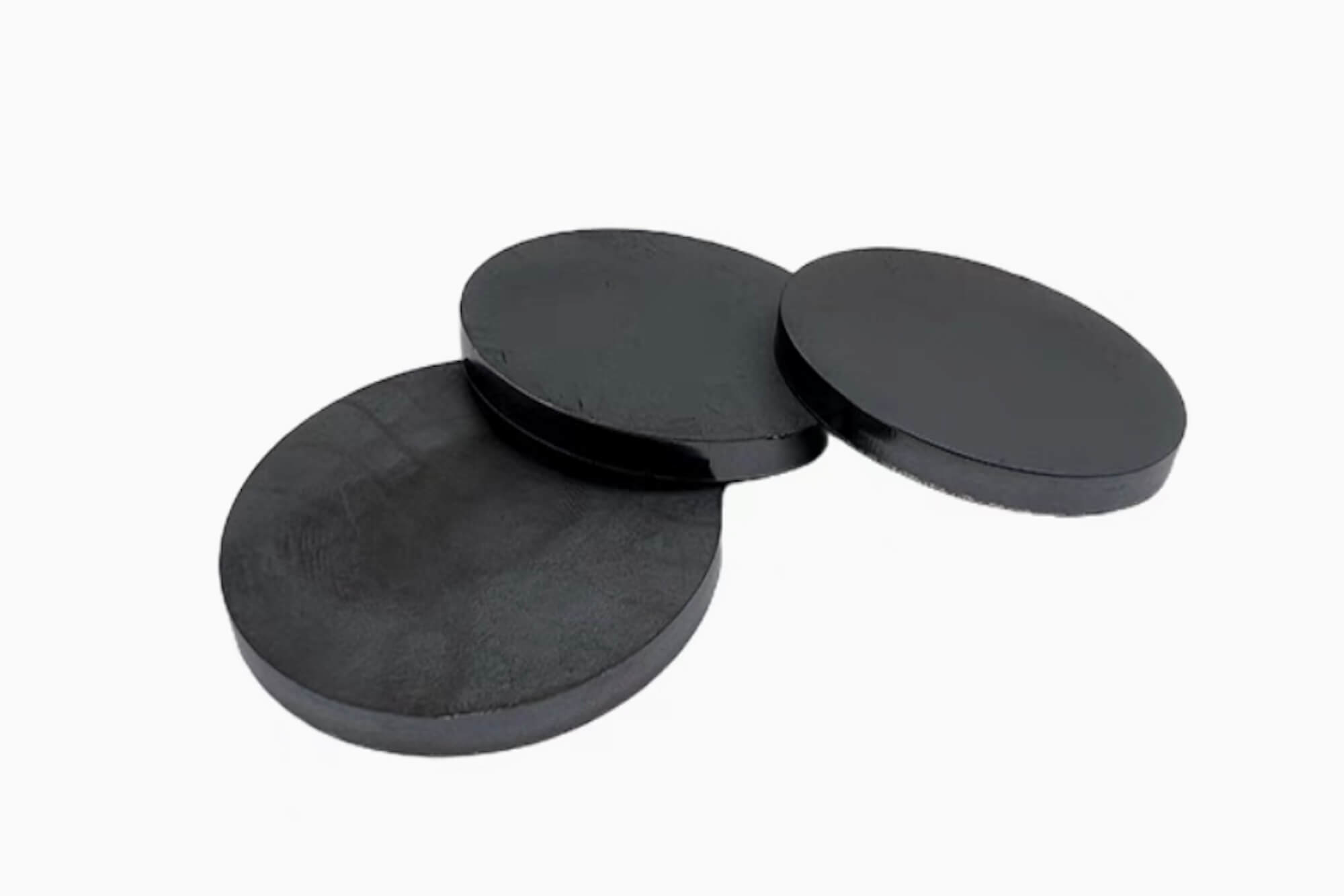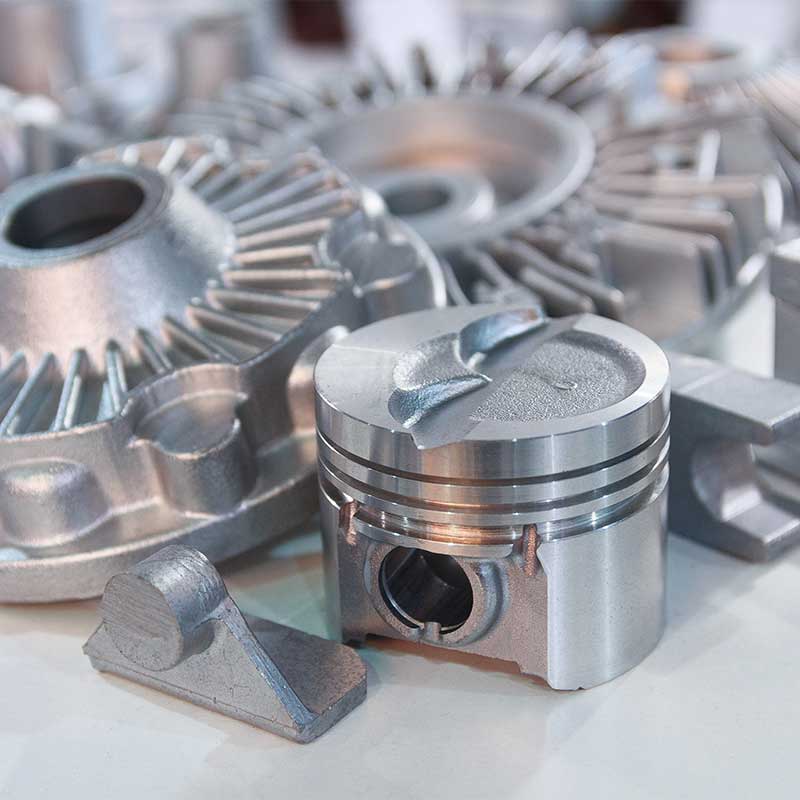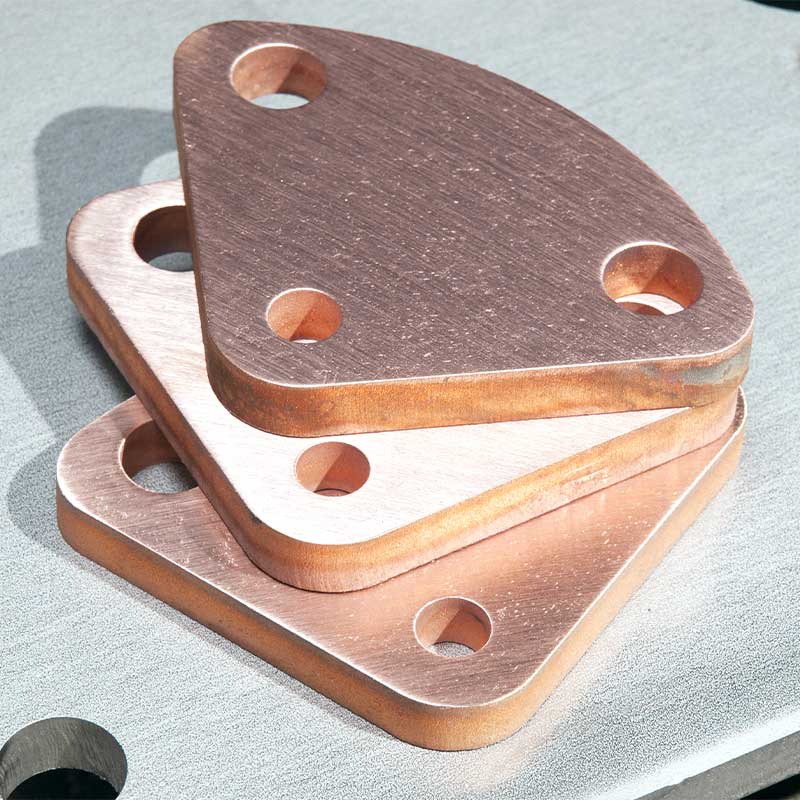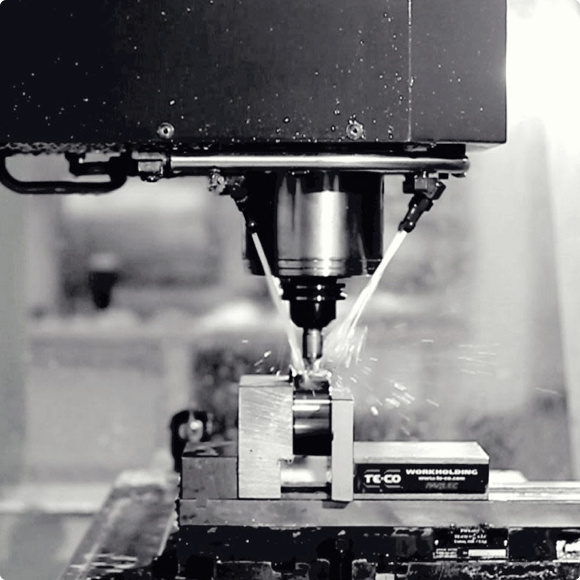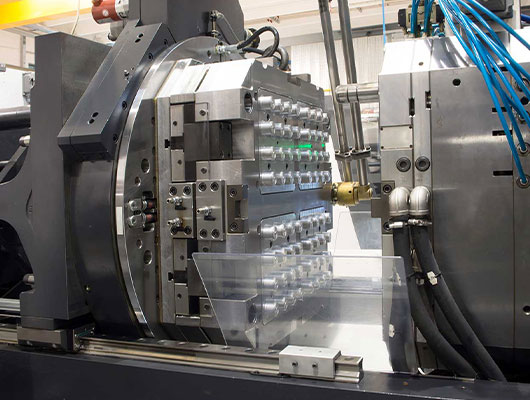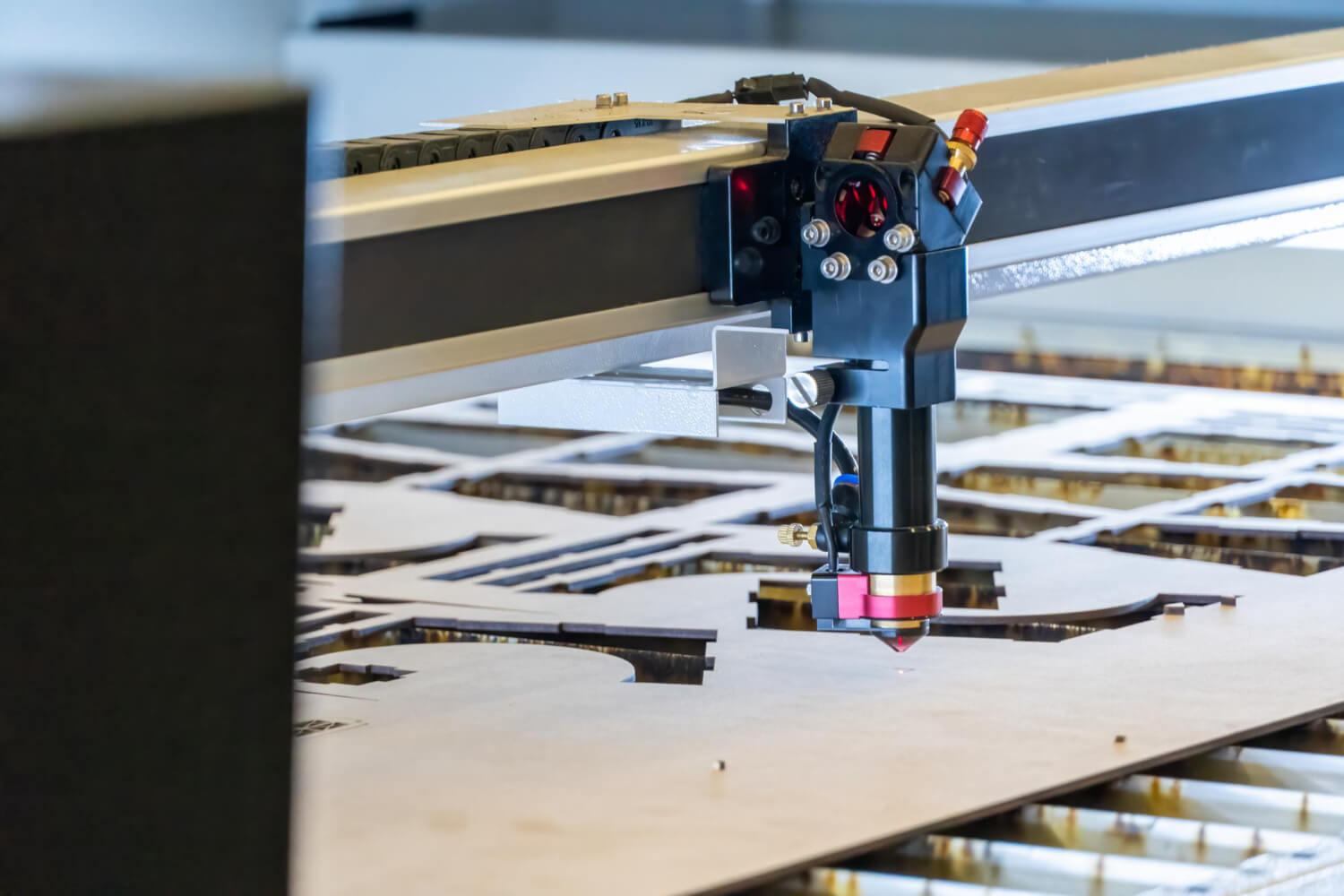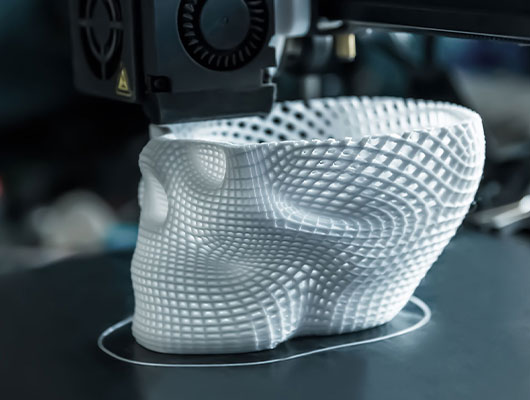About PEEK
In the world of thermoplastic polymers, one name stands tall for its outstanding performance: Polyether Ether Ketone, or PEEK. Renowned for its remarkable mechanical, thermal, and chemical properties, PEEK has become a game-changer in various industries.
Here are the key characteristics that make PEEK a force to be reckoned with.
Withstanding the Heat
When it comes to high temperatures, PEEK remains unfazed. Its exceptional thermal stability allows it to thrive in environments reaching up to an impressive 260°C (500°F) without compromising its mechanical prowess. This extraordinary quality positions PEEK as the plastic material of choice for industries demanding resilience under intense heat, including aerospace, automotive, and electronics.
In Harmony with the Human Body
PEEK’s compatibility with the human body makes it a trusted material in the medical and dental realms. Its biocompatibility shines through in applications such as implantable devices, orthopedic implants, and dental implants. The inertness of PEEK, combined with its resistance to degradation within the human body, ensures a reliable and safe option for medical professionals and patients alike.
Conquering the Vacuum
In ultra-high vacuum environments, PEEK reigns supreme with its unwavering resistance. Its remarkable ability to maintain a low outgassing rate renders it suitable for space and vacuum applications, where contamination poses a significant concern. PEEK proves itself as the go-to material, demonstrating its mettle amidst the demanding conditions of these specialized domains.
Defying Chemical Challenges
When it comes to chemical resistance, PEEK emerges as a champion. It fearlessly battles a wide range of chemicals, including acids, bases, solvents, and fuels. This exceptional resistance to harsh substances makes it an ideal choice for use in chemical processing and oil and gas industries, where exposure to aggressive compounds is an everyday reality.
Strength Meets Stiffness
PEEK boasts a strength-to-weight ratio that outshines many other thermoplastics, making it an unbeatable contender in high-stress applications. In fields like aerospace and automotive, where durability is paramount, PEEK steps up to the plate, offering unmatched strength and stiffness. Its reliable performance ensures that crucial components can withstand the demanding forces they encounter.
Electrifying Potential
With high dielectric strength, low dielectric constant, and low dissipation factor, PEEK becomes the material of choice for electrical and electronics applications. Connectors and insulators, among others, benefit from PEEK’s electrical prowess, ensuring optimal performance in critical systems.


